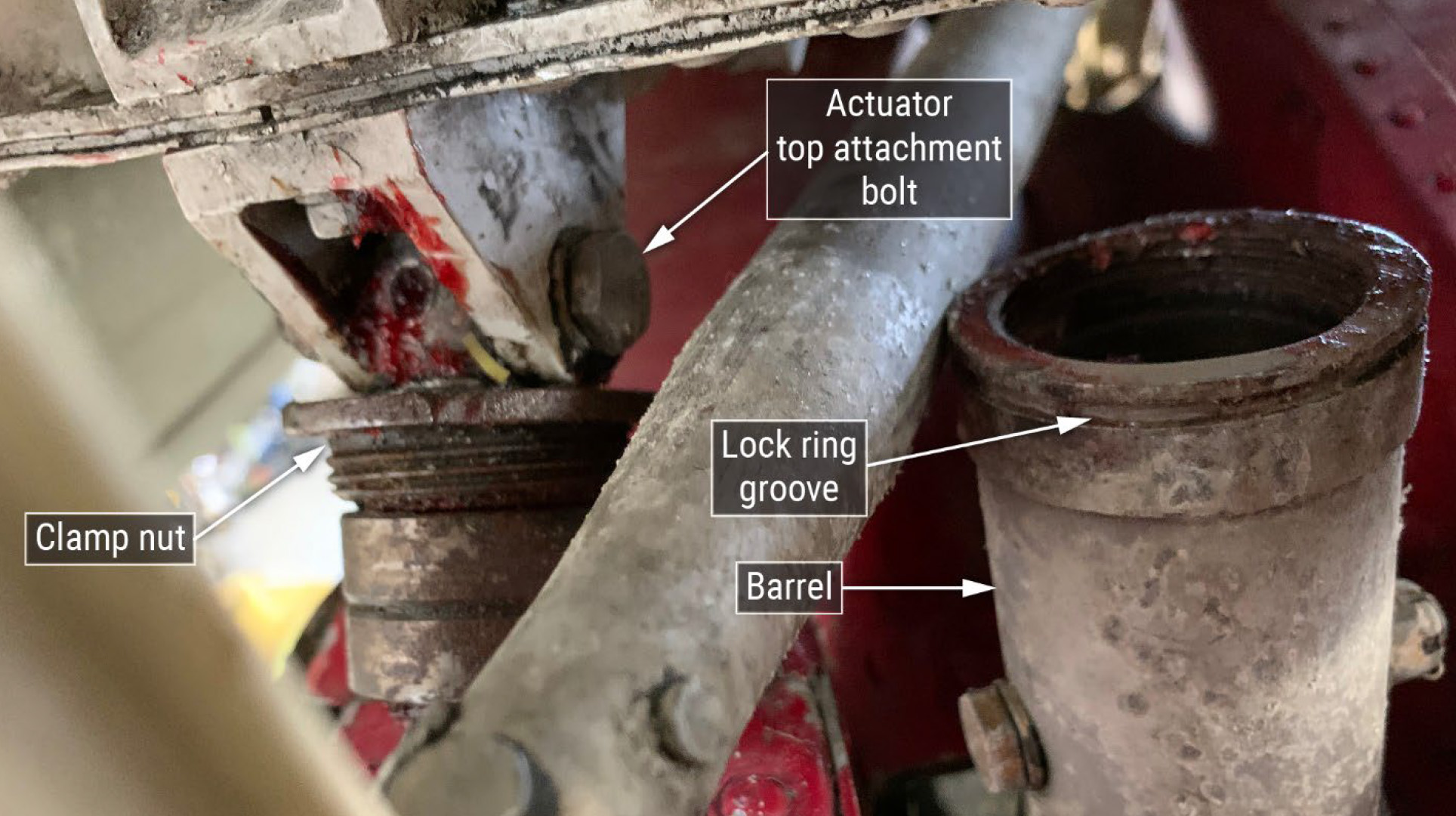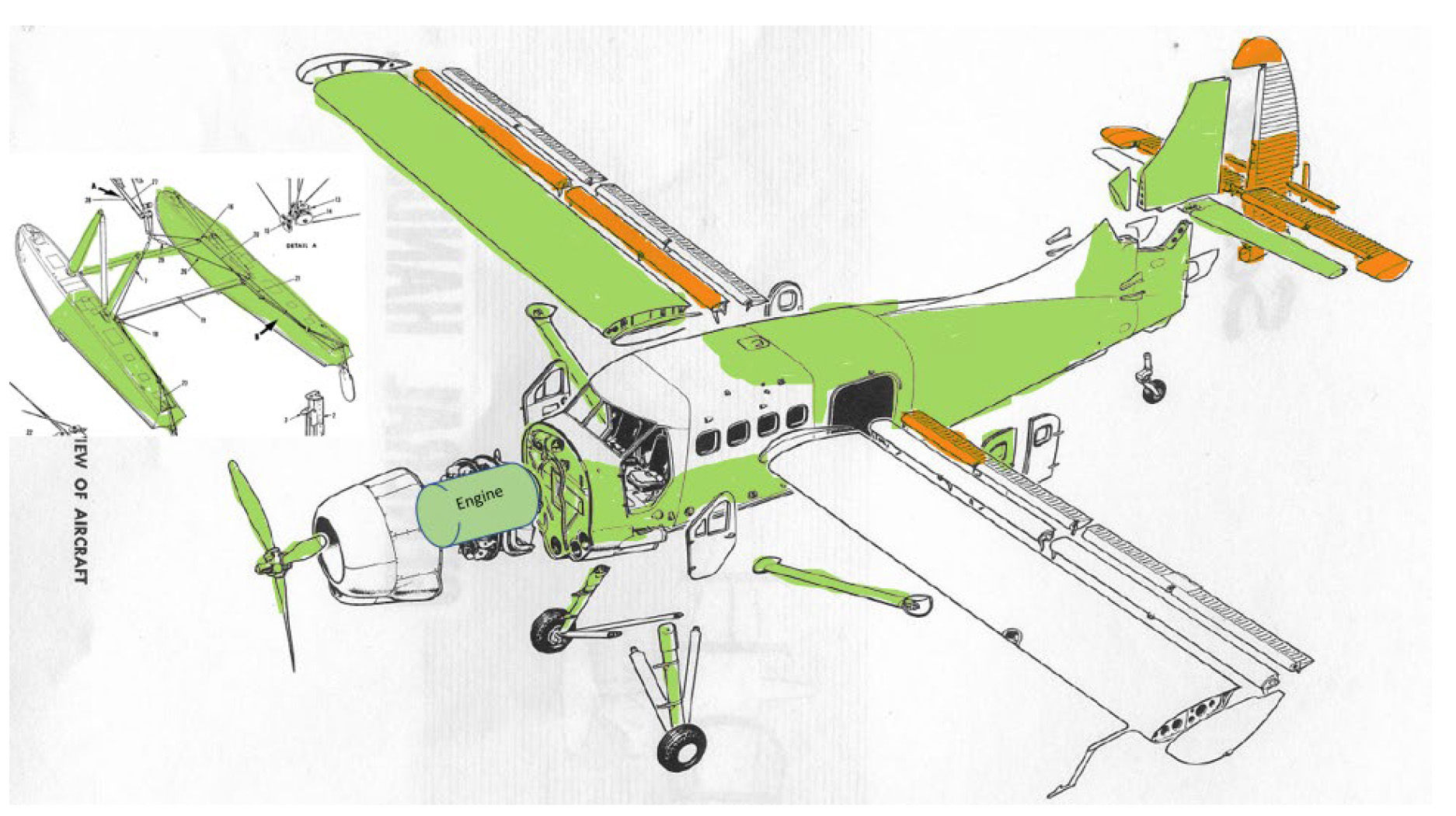NTSB updates investigation of fatal Otter accident
NTSB investigators reported October 24 that a missing lock ring may have allowed the horizontal stabilizer to swing free in flight before a de Havilland Canada DCH–3 Otter plunged into Mutiny Bay off Whidbey Island, Washington, on September 4. The accident killed the pilot and nine passengers.

Inspections of other aircraft of the same model previously prompted an FAA airworthiness directive to inspect other parts of the empennage of all DHC–3 Otter aircraft in service, noting "several recent reports of cracks in the left-hand elevator auxiliary spar." The NTSB investigative update published about three weeks after that AD focused on another part of the empennage: the horizontal stabilizer actuator that is connected to the pitch trim wheel. The actuator was found separated, with undamaged threads suggesting that threads connecting the horizontal stabilizer to the flight controls had rotated out of place, leaving half of the assembly still attached to the fuselage and the other half to the horizontal stabilizer. A lock ring installed to prevent this separation was not found.
The NTSB does not yet know what happened to the missing lock ring, or whether it was installed when the airplane hit the water. Investigators determined that it is possible to install the lock ring improperly and not be able to visually confirm the correct assembly due to a range of factors including viewing angle and the presence of dirt or grease.
"The NTSB, in coordination with the Transportation Safety Board of Canada, has asked that the manufacturer draft instructions for an inspection of the actuator to ensure that the lock ring is in place and properly engaged to prevent unthreading of the clamp nut. Those instructions will be released and provided to all operators of the DHC-3 airplane worldwide in a Service Letter."




